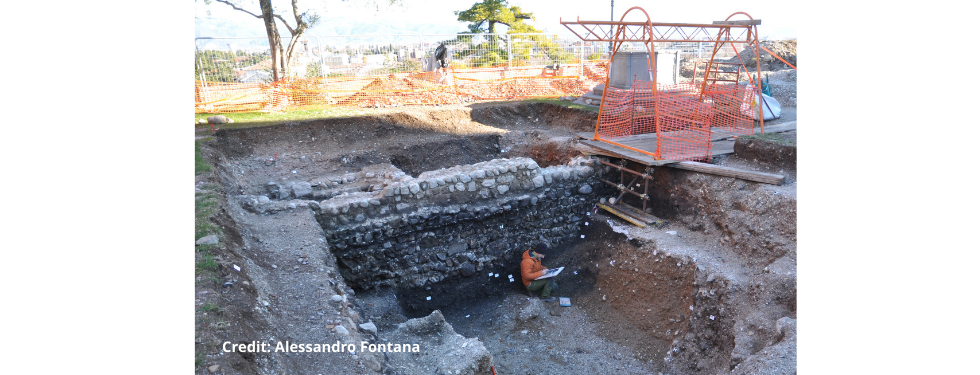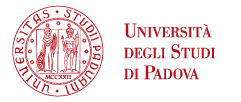The hill of Udine is completely artificial and was built by humans during the Bronze Age

The hill of the Castle of Udine has not a natural origin but it was built by humans during the Bronze Age, between 3,500 and 3,000 years ago.
The extraordinary discovery, which was reached thanks to the analysis coordinated by Alessandro Fontana, associate professor of the Department of Geosciences of the University of Padua, excluded the possibility that the hill was formed through geological processes and, by establishing its artificial nature, has led the mound to be probably the largest in Europe. The results of this research, funded by the Soprintendenza Archeologia, Belle Arti e Paesaggio of Friuli Venezia Giulia e and the Municipality of Udine, have just been published in the journal Scientific Reports.
The reasons that prompted the men of the Bronze Age to carry out a work of this magnitude are still unknown but what emerged seems to be linked to the popular legend, according to which the hill was built by Attila's soldiers in the mid-fifth century. A.D. so that he could see the fire of Aquileia which they conquered. With a volume of over 400,000 cubic meters, it also exceeds the Silbury mound, in southern England.
“Our discovery is that the hill is made by alternated layers of gravels and clays that have been accumulated by humans. This is a very important discovery because it's opening a new perspective about Northern Italy but not only”, Professor Alessandro Fontana said.
“The Department of Geosciences has a quite long tradition in geoarchaeology: we are using the tools and the techniques from the geoscience to help the archaeologists to investigate how the landscape has changed along millennium and centuries and also in a very long time. Our goal normally is to determine what was artificial and what was natural: we are studying landscape to separate what are the natural processes that create the landscape - such as rivers, lakes, or landslides - and what was made by men”, Fontana added.





